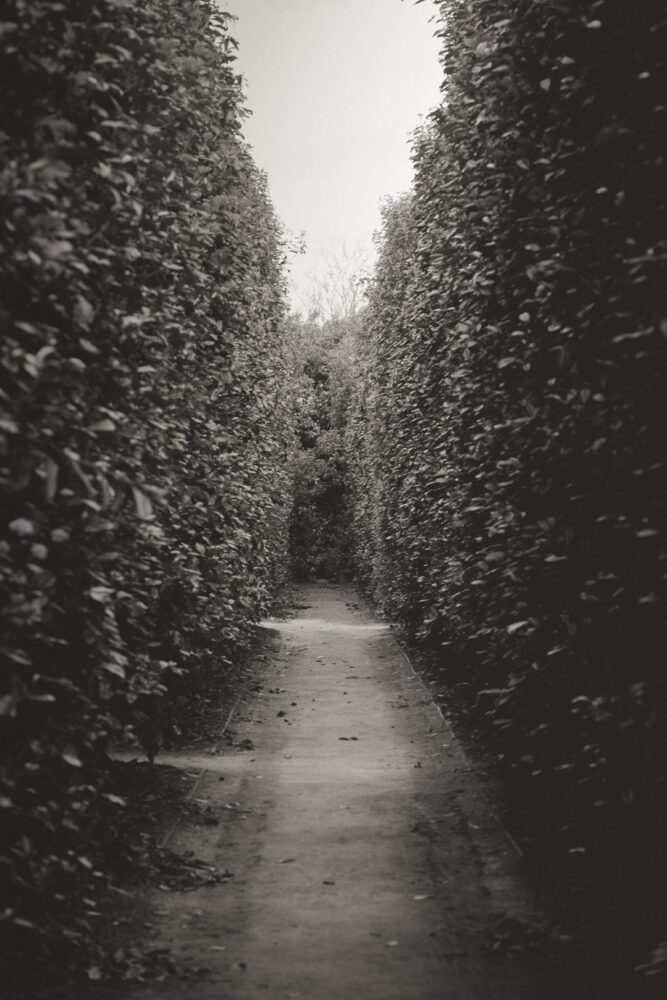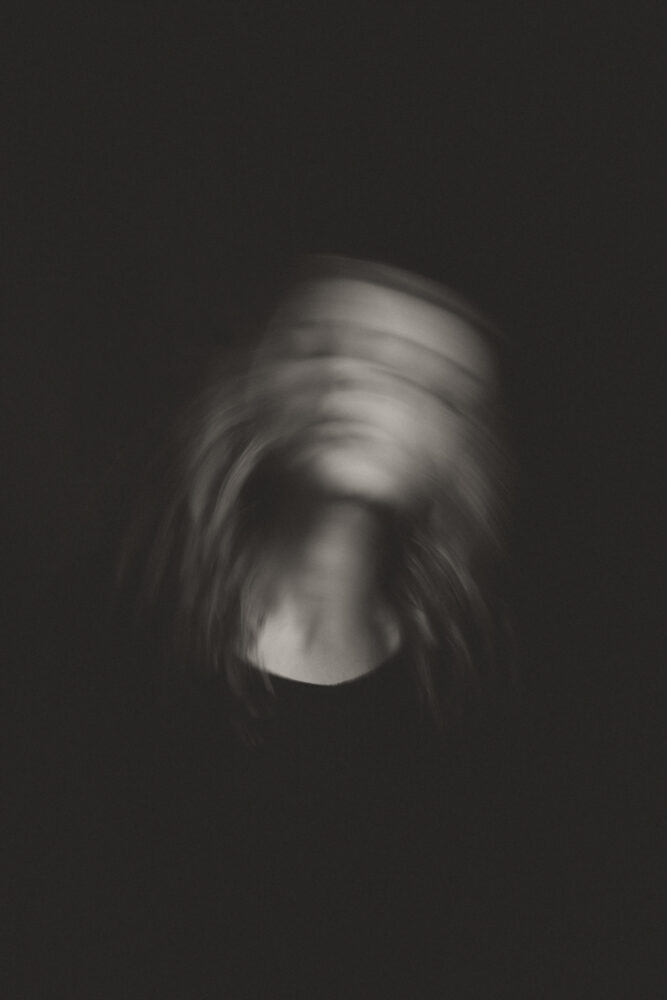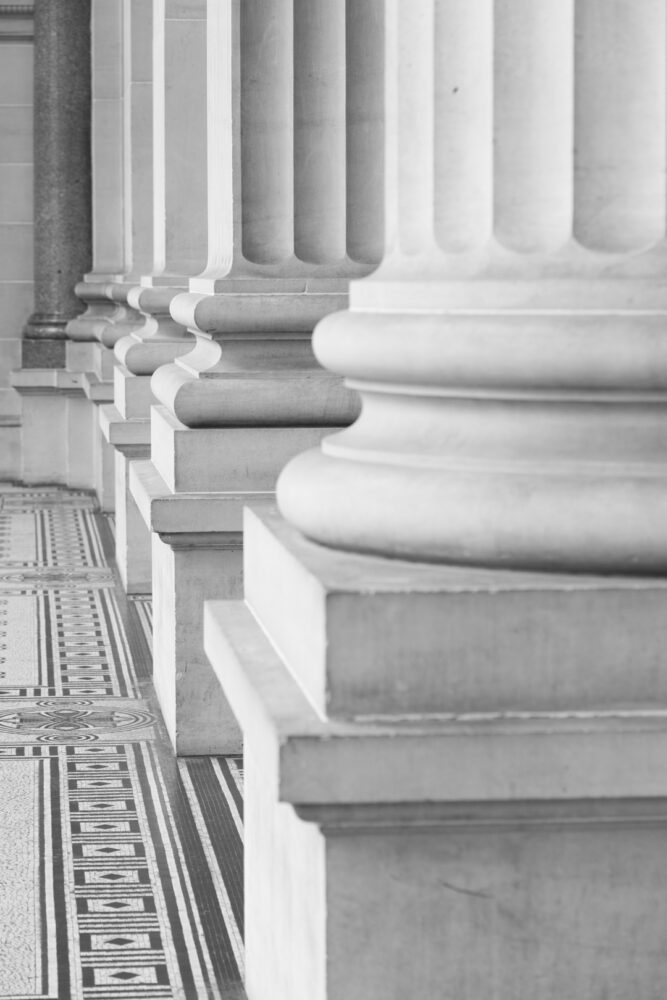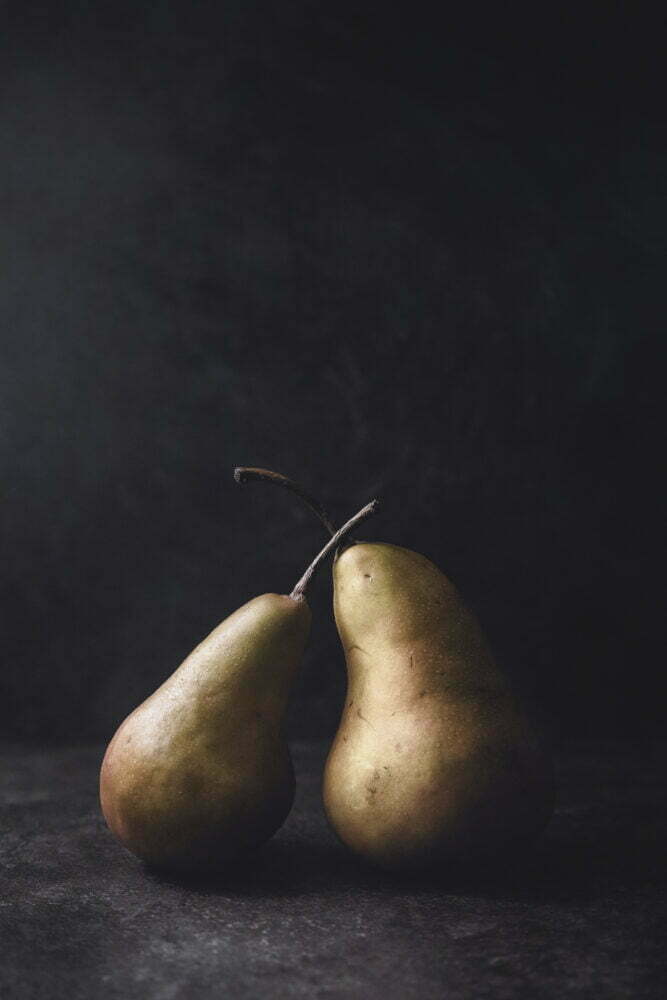It seems that so much of the conversation around art and creativity today is focused on how your work presents – how it looks, how you define or describe it, and how an audience perceives it. We’re told that in order to stand out or be successful, we need a consistent aesthetic and a clearly defined visual signature.
While there is nothing inherently wrong with any of these things, it can be very easy now to confuse the purely visual elements of our work with a deeper sense of meaning. With the push towards turning every hobby into a side hustle and the rush to define ourselves in a way that is marketable, recognisable or algorithm-friendly, we risk flattening our art into something that only exists on the surface.



Depth of Practice
Creative identity is not the same thing as visual style.
Being a visual art form, what your images look like will always be a part of the equation. The key here though, I think, is how you reach that point – why does your work look the way it does?
What makes your work meaningful is how you create it. It’s the process, not the output. It is found in the questions and themes and instincts you return to over and over again, even if they take on a different form each time.
My own work often takes on recognisable visual qualities – soft light, minimal compositions, muted tones – but this is not what defines my practice. What makes it mine is the approach to making, the connection, introspection and intention. And yes, this often leads to the work having a cohesive look but there are also deeper through lines that anchor it.
When the Work Doesn’t Look Like “You”
I’ve created images that I’ve connected deeply with, even though they sit outside my usual subject matter or editing style. For a long time, I struggled to reconcile these, wondering if my perspective was off or if I had been too influenced by external sources.
Coming back to them, I can see that they weren’t as far removed as I initially thought. Images of architecture came from an appreciation of art, structure and form. Still life was a nod to the chiaroscuro style of the classical painters that I studied. High contrast images spoke to a strength and resilience that juxtapose with softer and more fragile elements, an exploration of light and dark and the necessity of both. All of these things are part of my creative influences, they were just being expressed a little differently.


The Danger of Over-Defining
When we begin to define ourselves too early or too tightly, we start to self-edit before the work has a chance to evolve. We box ourselves into a creative corner, avoiding exploration and second-guessing anything that doesn’t immediately fit.
True creativity invites us to grow, to push outside what we know, to bring new things to light. We can only do this through experimentation, through letting the process flow and work through us. Self-censorship prevents us from following our instincts and digging into deeper places where real meaning is found.
Finding Your Own Thread
If creative identity isn’t just about how your work looks, then how do you begin to understand what it is?
It often starts by paying closer attention, not to what you think your work should be, but to what you’re genuinely drawn to and what you return to even when you’re not conscious of it.
Here are some questions to help you begin tracing that thread:
• What subjects or themes do you find yourself returning to consistently?
• How do you naturally see and interpret the world around you?
• What kinds of moments speak to you enough to reach for your camera (or other creative tools)?
• Are there particular qualities that feel present in your work, regardless of subject or style?
• What are you trying to explore or understand through your creative process?
• When does making art feel most natural, intuitive, or necessary for you?
You don’t need immediate answers. These are questions to sit with and to return to. Over time, they start to form a kind of internal compass – something deeper and more durable than a set of visual rules.
Coming Home to Yourself
If the practice is honest, the work will carry a cohesive style, not because it was forced, but because we followed the same threads of intention, wherever they led.
When we let go and let the practice guide us, our creative identity becomes intuitive, resilient and authentic, and that flows naturally through to the work.
